Air Quality Monitoring and Management
Laboratory of Atmospheric Physics, University of Patras (UPAT)Introduction
This webinar addresses the concepts of air quality monitoring and management and its linkages to the urban environment and public health.Agenda
- The basics of air quality
- Primary and secondary air pollutants
- Sources and emissions of air pollutants in regional, municipal and higher spatial scales
- Links of air pollution with human health, ecosystem and urban climate
- Air quality monitoring using ground-based and satellite instruments
- Air quality modeling tools
- Air quality and Smart Cities
Learning outcomes
- Identidy air pollution and its effects
- Understand the harmful pollutants and their effects on human health, ecosystem and urban environment
- Recognize the major emission sources of air pollutants in a specific region
- Correlate effects of meteorology on air pollution
- Designate the role of air quality monitoring and modeling for emission reductions
- Interpret EO-derived air quality maps
Laboratory of Atmospheric Physics
 |
Research Axes
|

The Space/Geospatial Sector Skills Alliance
Towards an innovative strategy for skills development and capacity building in the space geo-information sector supporting Copernicus User Uptake

The EO4GEO project
- Duration: 4 years from January the 1st, 2018
- Budget: 3,87 million €
- Partnership: 25 Partners + 30+ Associated Partners (from 16 EU Countries) from Academia, Companies and networks
- Coordinators: GISIG (General), KU Leuven (Scientific & Technological), PLUS (Education & Training), Climate-KIC (Exploitation)

The VISION
To foster the growth of the European Earth Observation / Geographic Information (EO/GI) sector ensuring a workforce with the right skills, in the right place, at the right time.
The MISSION
To ensure the strategic cooperation among stakeholders on skills development in the EO/GI sector.
EO4GEO IS MUCH MORE
- A series of pre-defined curiculla in support of Copernicus
- A portfolio of training modules directly usable in the context of Copernicus and other relevant prograns
- A series of training actions (webinars, academic courses, etc.) in the three sub-sectors - integrated applications, smart cities and climate change
- A mobility program to promote internships and on-the-job training
- A Long-term Action plan to sustain the proposed solutions
Air Quality Monitoring and Management

Let's start from the basics...
The Basics of Air Pollution
Air Pollution
EPA (US Environmental Agency):
- The presence of contaminants or pollutant substances in the air that interfere with human health or welfare,
or produce other harmful environmental effects.
Other definition:
- The atmospheric condition where air pollutants are present in concentrations that are a concern,
or even an immediate danger for human health, ecosystems or infrastructure.
Air Pollutants
- The presence of contaminants or pollutant substances in the air that interfere with human health or welfare,
or produce other harmful environmental effects.
The basics of air quality
Air Quality
Refers to the degree to which the air is suitable for humans and the environment.
Rules of three for survive (Source: Wikipedia)
- A human can survive three weeks without food
- A human can survive three days without drinkable water
- A human can survive three hours in extreme cold or heat
- A human can survive three minutes without breathable air
Breathable Air is the first requirement
In terms of Air Quality: Survival time differs depending on the type and concentration of
the air pollutant and the exposure of the receptor.
- In terms of Air Quality: Survival time differs depending on the type and concentration of
the air pollutant and the exposure of the receptor.
The cycle of air pollution

|
Ask people what they regard as the defining characteristic of air pollution
|
Sources of Air Pollution

|
|
Atmospheric Pollutants
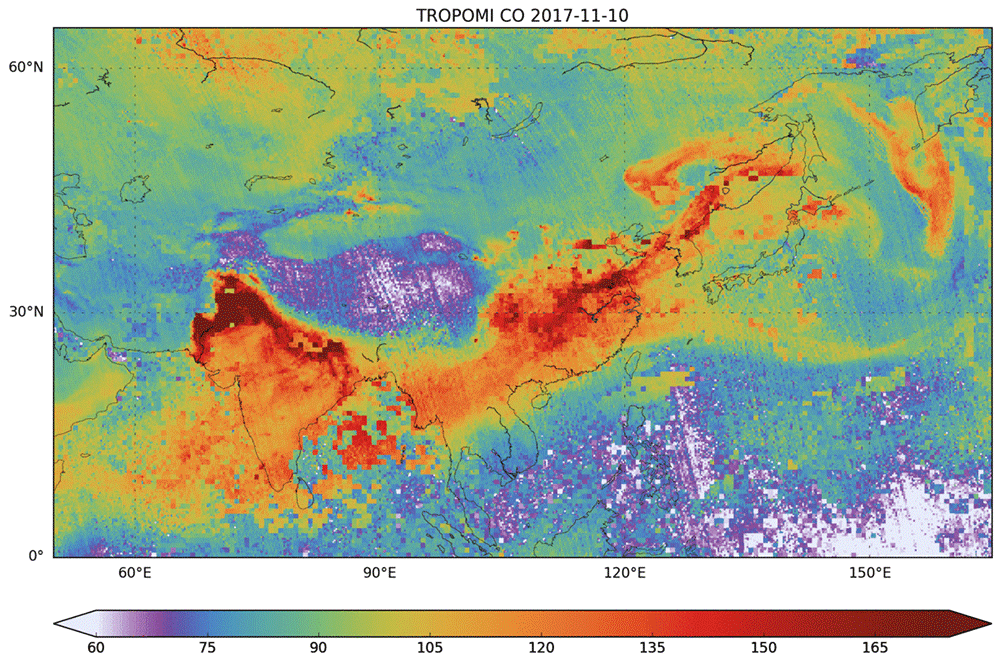
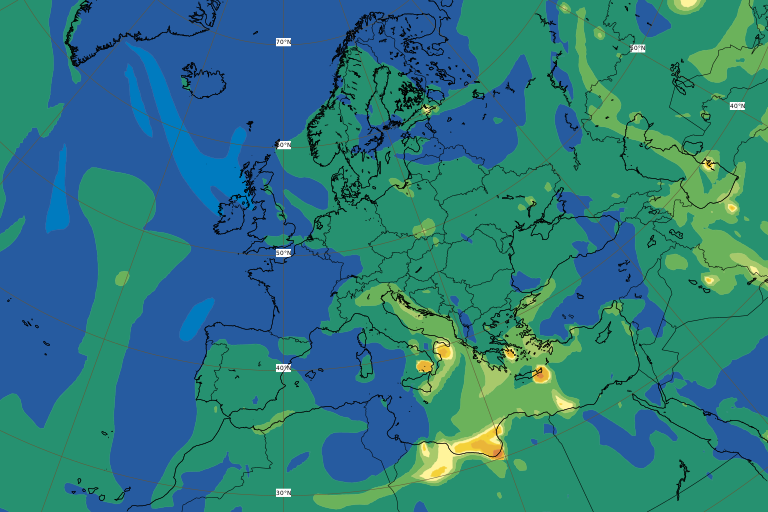
|
Carbon Monoxide (CO)
|
Atmospheric Pollutants


|
Nitrogen Oxides (NOx)
|
Atmospheric Pollutants
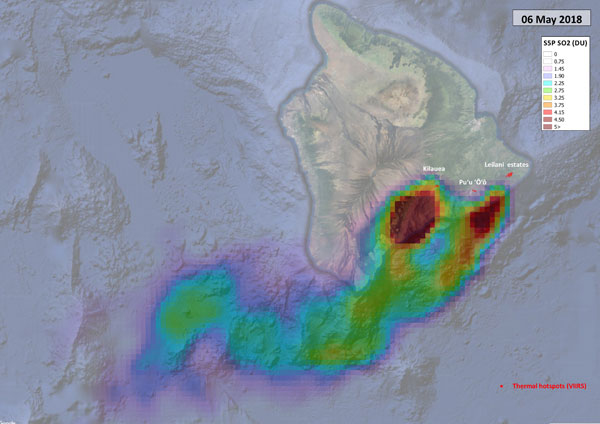

|
Sulphur Dioxide (SO2)
|
Atmospheric Pollutants
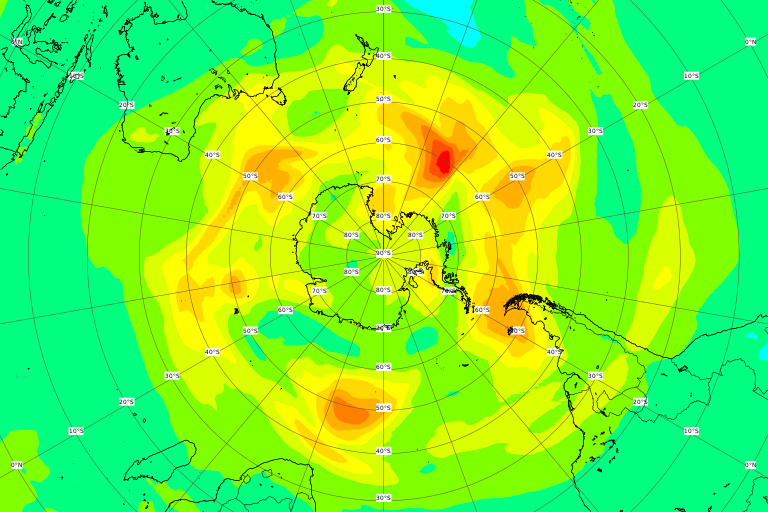

|
Ozone (O3)
|
Atmospheric Pollutants

|
Particulate Matter (PMx)
|
Scales of Air Pollution


|


|
Air Pollution & Human Health

Air Pollution & Ecosystems


|
|
The European Air Quality Index
- Allows users to understand more about air quality where they live, work or travel
- The Index is based on concentration values for five key pollutants
(particulate matter (PM10, PM2.5), ozone (O3), nitrogen dioxide (NO2) and sulphur dioxide (SO2))

The PM2.5 network at Patras
The reason
- Very small number of stations, unable to cover the spatial and temporal variability of PM
- The concern of citizens
The funding scheme
- Crowd & public funding
The basic issue
- Use of (low cost but not cheap) IoT sensors
- Provide information in real-time & 24/7
The added value
You cannot manage if you do not measure
The PM2.5 network at Patras
Presentation of Results: Maps

|

|
The PM2.5 network at Patras
Presentation of Results: Graphs for the last 24 hours/7days

The PM2.5 network at Patras
Presentation of Results: The distribution of stations

The PM2.5 network at Patras
Presentation of Results: The monhtly distribution of PM2.5

The PM2.5 network at Patras
Presentation of Results: The monhtly distribution of PM2.5

The PM2.5 network at Patras
Presentation of Results: The daily distribution of PM2.5 (Winter)

Copernicus atmosphere monitoring service
What is Copernicus
- Copernicus is an EU programme aimed at developing European information services based on satellite Earth observation and in-situ (non-space) data.
- Copernicus is implemented by the European Comission with the support from the European Space Agency (ESA) for the Space component and the European Environment Agency (EEA) for the in-situ component.

Copernicus atmosphere monitoring service
The objective of Copernicus
- To monitor and forecast the state of the environment on land, sea and in the atmosphere,
in order to support climate change mitigation and adaptation strategies,
the efficient management of emergency situations and the improvement of the
security of every citizen.
- It combines satellite observation data with data from sensor networks on the Earth’s surface to build a
comprehensive picture of our planet and its environment.
Copernicus atmosphere monitoring service
What does the service do?
The service adds value to observations, providing consistent information on the atmosphere anywhere in the world, allowing you to acess the past and to predict the next few days.
At the core of the service is direct acess to reliable data and expertise related to air quality, solar energy, and the role atmospheric gases and particles play in climate change.
The services use satellite and ground-based observations with forecast models to support businesses, policy makers and scientists dealing with the challenges and opportunities related to the composition of the atmosphere.
Copernicus atmosphere monitoring service
CAMS is a collaboration of:
- European Centre for Medium-Range Weather Forecasts (ECMWF)
- European Space Agency (ESA)
- European Organisation for the Exploitation of Meteorological Satellites (EUMETSAT)
- Many other organisations providing satellite and in-situ observations

Modeling the fate of atmospheric pollutants

|
Two approaches
|
Modeling the fate of atmospheric pollutants

|
Chemical Weather Models
|
Modeling the fate of atmospheric pollutants

|
Data Driven Models
|
Modeling the fate of atmospheric pollutants
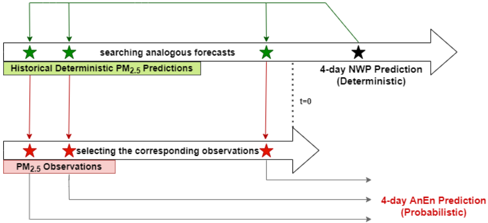
|
Analog Ensemble (AnEn)
|
Modeling the fate of atmospheric pollutants

|
Long Short Term Memory network (LSTM)
|
Measuring air pollutants

|
Low-Cost Sensors
|
A case study in Patras

|
Low-Cost Sensors
Patras: urban coastal Mediterranean city in western Greece
|
A case study in Patras
Through a hybrid-scheme utilizing deterministic & data-driven models with a dense monitoring network, we could obtain PM2.5 and PM10 forecasts at fine scale

A case study in Patras
PM2.5, PM10 (CAMS)

A case study in Patras
PM2.5, PM10 (CAMS & PatrasAir)

A case study in Patras
PM2.5 & PM10 (CAMS, PatrasAir & Models)

A case study in Patras
Spatial distribution of PM2.5 & PM10: Feb 2019 00:00 UTC

A case study in Patras
Spatial distribution of PM2.5 & PM10: Feb 2019 06:00 UTC

A case study in Patras
Spatial distribution of PM2.5 & PM10: Feb 2019 12:00 UTC

A case study in Patras
Spatial distribution of PM2.5 & PM10: Feb 2019 18:00 UTC

Internet of Things (IoT) & Smart Cities

|
Our research could incorporate the Internet of Things (IoT) to convert the fine-scale forecasts into an application (app)
for the Internet and mobile phone users, with obvious application in public health and impact assessment.
|
Air Pollution & Smart Cities
Monitor...Educate...Reduce air pollution...
- Monitoring air quality could be the first step to understand the importance of the air we breathe.
- Air quality + Smart Cities platform can easily/rapidly inform the public on environmental issues and prevent health risks.
Real time air quality tracking is an important component for any smart city
- City planners, factory owners, construction foremen, event planners and other professionals can make more informed decisions on how to protect the health of workers, reduce emissions and meet clean air guidelines.
The big issue : Demand for accuracy & real-world monitoring and modelling
Air Pollution & Air Quality Management

Thank you!

|
www.eo4geo.eu |
@EO4GEOtalks |
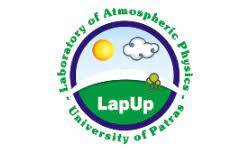
|
https://www.atmosphere-upatras.gr/en/ |
